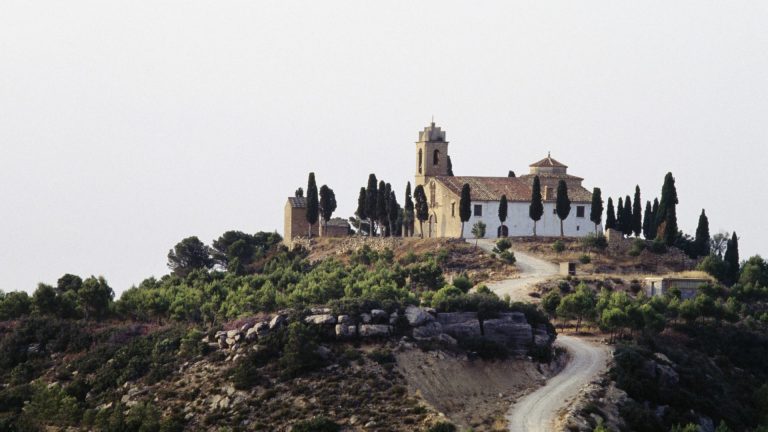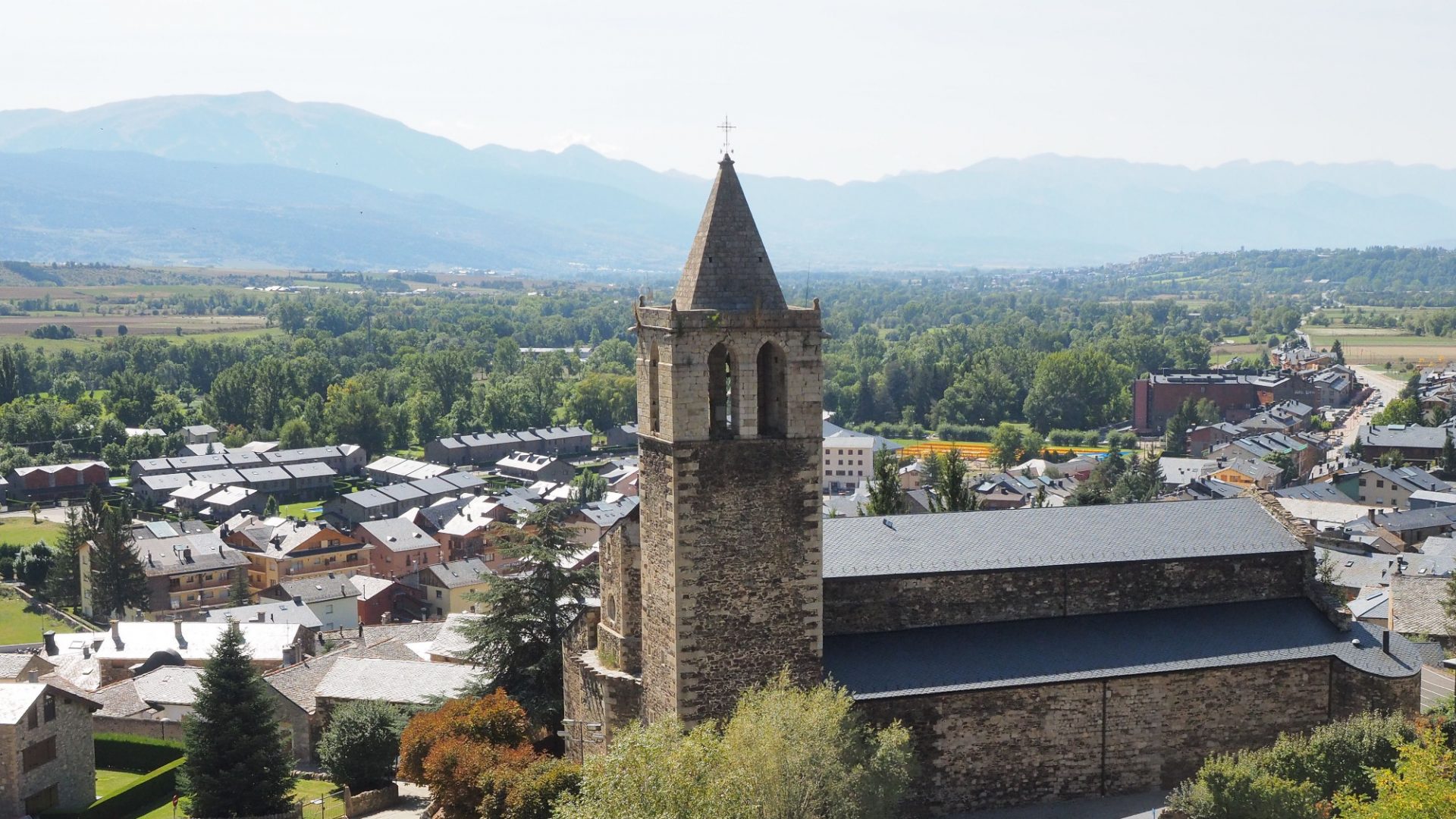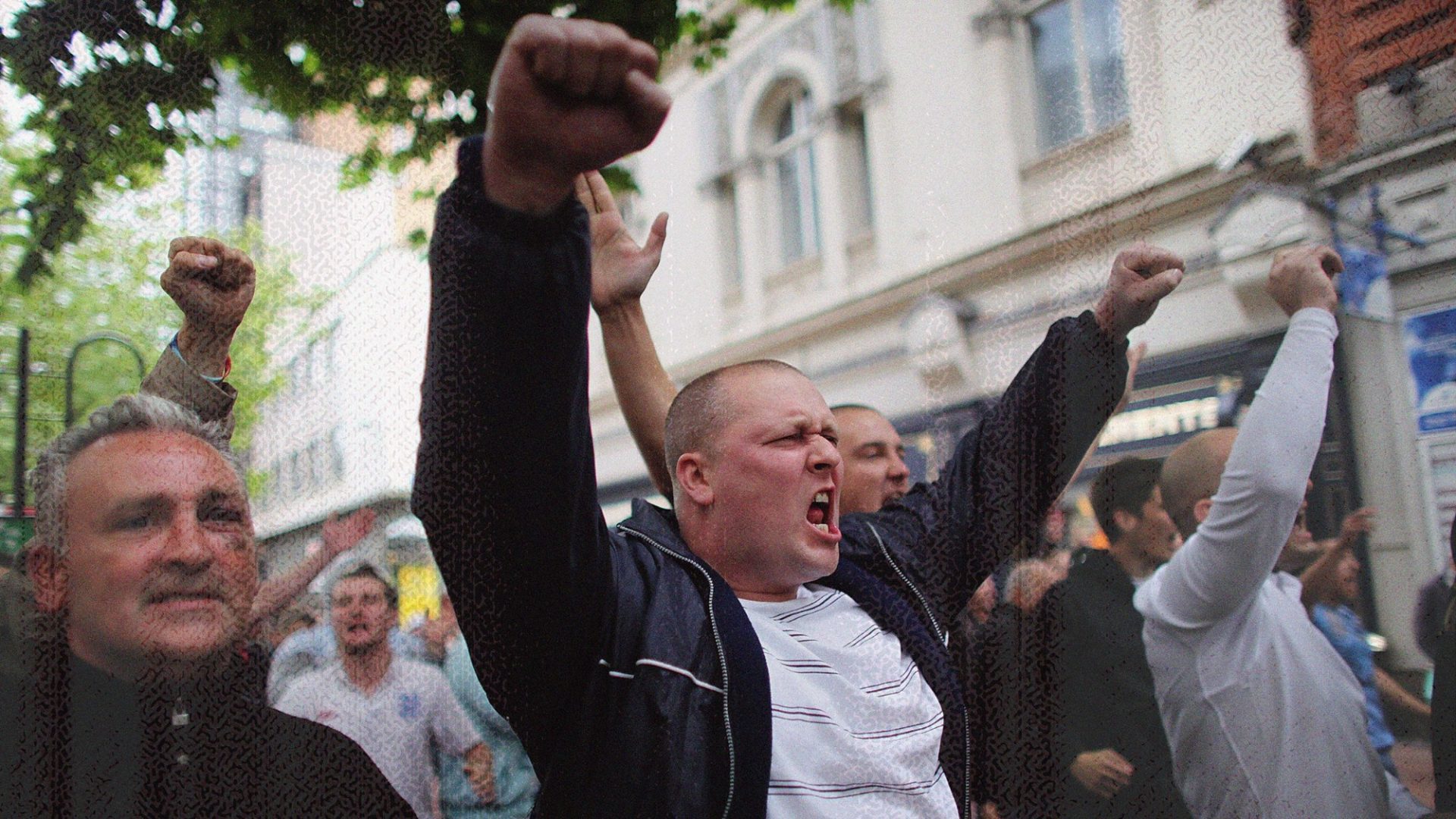After slaloming down the hairpin mountain highway from Andorra, the long, flat Pyrenean valley of Cerdanya stretches out below.
Small muddy villages, long-neglected hamlets and shuttered farmhouses rest among short, lumpy fields, 1,500 metres high and surrounded by snowy peaks.
Here, the roads are pretty bad. The infrastructure of this part of France seems far from a priority in distant Paris.
But then – suddenly – everything changes. The crumbly asphalt becomes smooth, road signs spring up, along with lines of shiny, reflective verge markers. Historical landmarks are highlighted, information panels gleam.
Ahead, two cranes are busy assembling blocks of bijou new apartments. The streets are wider and well swept, the way to the old town, the museum, the castle eagerly signed. The fine, stone houses are adorned with flowers. I have just entered the tiny Spanish exclave of Llivia.
Since the 17th century, this 12sq km piece of Spain has drifted into France, so that it is now an island of Spain on the north side of the French border. It now benefits from a healthy combination of both Spanish territorial pride and Catalan investment.
Under Franco, Llivia became a centre for tourism and Spanish flag-waving. Then, with democratisation, wealthy Catalans from south of the border established it as a mountain retreat.
Now, while its permanent population is only around 1,500, that number regularly swells as holiday-homers from Barcelona and Girona descend. Meanwhile, the surrounding part of France has had no such luck.
“When Cerdanya was divided between France and Spain by the Treaty of the Pyrenees in 1659,” says Gerard Cunill Costa, director of Llivia’s museum, “the region’s most important settlements all ended up in Spain. Ever since, the French part hasn’t really had a centre.” For that reason, he explained, French farmers still took their produce across the border to sell in the Spanish markets.
Suggested Reading

Meeting fascists in the graveyard
I park up beneath Llivia’s 16th-century church, its spire the valley’s central landmark. Once the regional capital itself, Llivia’s old town huddles here around a hill topped by the ruins of a 13th-century castle.
The streets are cobbled and twisting, the slate roofs and flinty houses beautifully restored and manicured. It’s Saturday morning, and – to my surprise – the place is empty. Llivianos become more active after dark, indeed, it was in the wee hours back in the 1960s and 70s that they fought a war against a formidable adversary: the French traffic authorities. “It was called the ‘Stop Sign War’,” says Antonio Viscas, a long-time, part-time resident of Llivia.
Under the provisions of the 1659 Treaty, Spanish citizens were given the right to travel unimpeded from the Spanish border to Llivia along a “neutral road” that ran through French territory.
“Back in the 1960s, the French built a highway crossing the neutral road,” Viscas continues, which turned out to be the same road I came in on.
“Then, they gave their traffic priority by putting stop signs up!” Viscas continues. The Llivianos naturally fought back. At night, they would sneak out and take the signs down. The next day, the French authorities would come and put them back up again.
“It went on for years,” recalls Viscas, until the conflict was finally brought to an end by simply building a flyover.
Today, that bridge to peace still stands, next to a giant French Carrefour supermarket, used extensively by locals of every nationality. Relations between the French and Spanish are now “completely normal”, says Costa.
With the EU’s borderless Schengen zone, there is no sign today, either, of where Llivia begins or ends – other than the change in the quality of the roads.
Nonetheless, for many here, the question of what is France and what is Spain remains rather irrelevant.
“It’s really all Catalonia,” smiles Viscas, gesturing widely around.
Jonathan Gorvett is a freelance journalist and writer currently dividing his time between Spain and Ireland



